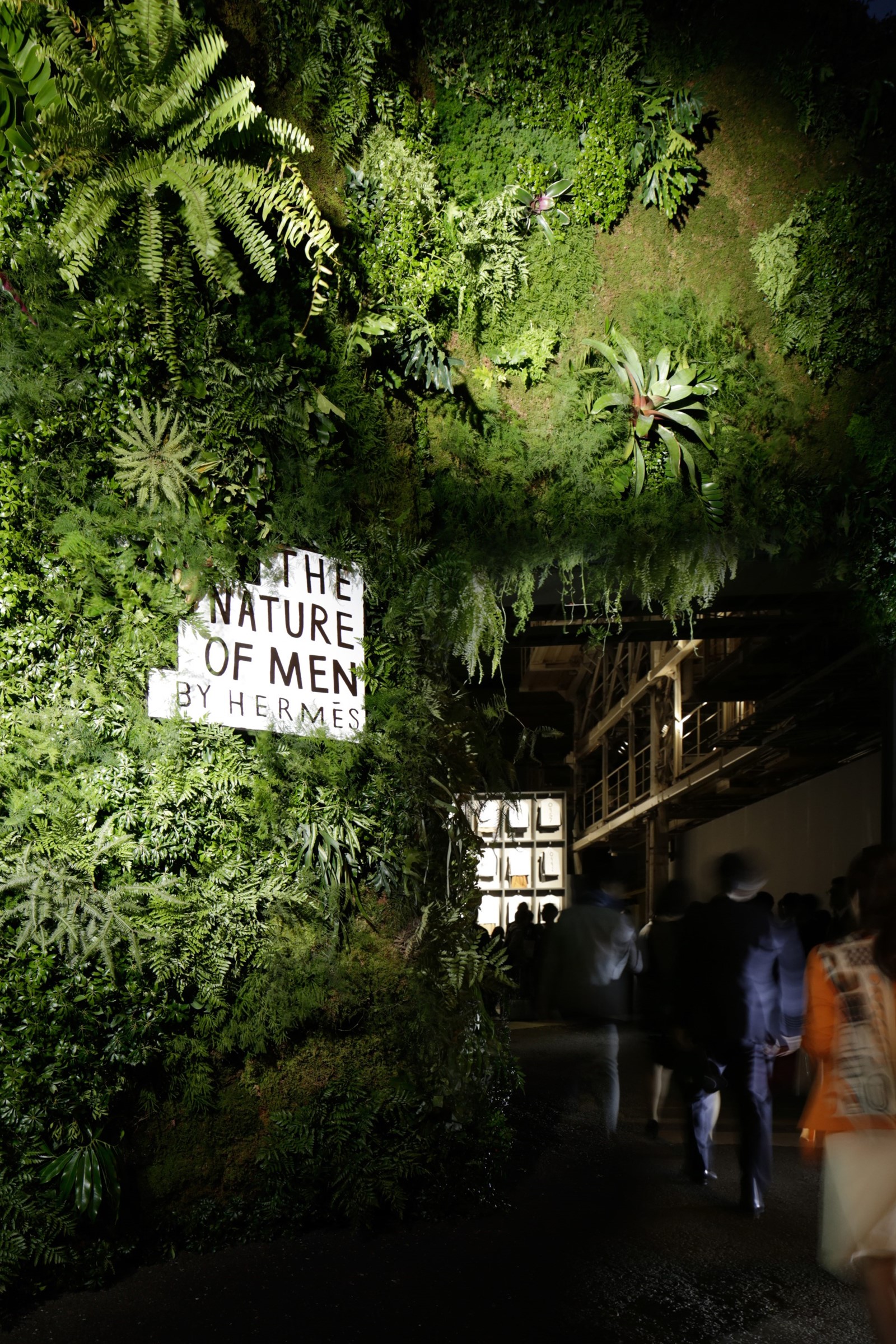The love affair between Hermès and Japan is an old, passionate and faithful one. Like all great romances, it started innocently enough when, in 1911, Prince Kan’in Kotohito, the Commander-in-Chief of the Japanese cavalry brigade, approached the esteemed French house to produce a bespoke set of harnesses for his trusty steed. Soon Hermès were supplying saddlery to the entire Imperial House and by 1961 their products were made available to the Japanese public. Fast-forward to 2016 and the brand now has 40 stores across the Land of the Rising Sun (including those in airports), and while every other luxury house jostles to strengthen its position here in the wake of the Chinese downturn, none can boast the integrated and sincere relationship that Hermès enjoys.
For Veronique Nichanian, the softly-spoken head of menswear at Hermès since 1988, that relationship is not just professional, it’s deeply personal. “I first came to Japan 30 years ago and I’ve returned 52 or 53 times,” she says, sat in an office at the top of the Tokyo flagship store; situated in the heart of the Ginza district, it’s a 12-metre-wide slip of a building designed by Renzo Piano and made from 13,000 glass blocks. “I love Tokyo, I have so many friends in this city. I should live here, really – I’m not even joking!” Nichanian might be full of cold and sniffling, but her enthusiasm for the city remains undiminished; asked for her must-see recommendations, she takes a scrap of paper and excitedly scribbles down a list of in-the-know addresses and draws a map detailing all the backstreet routes.
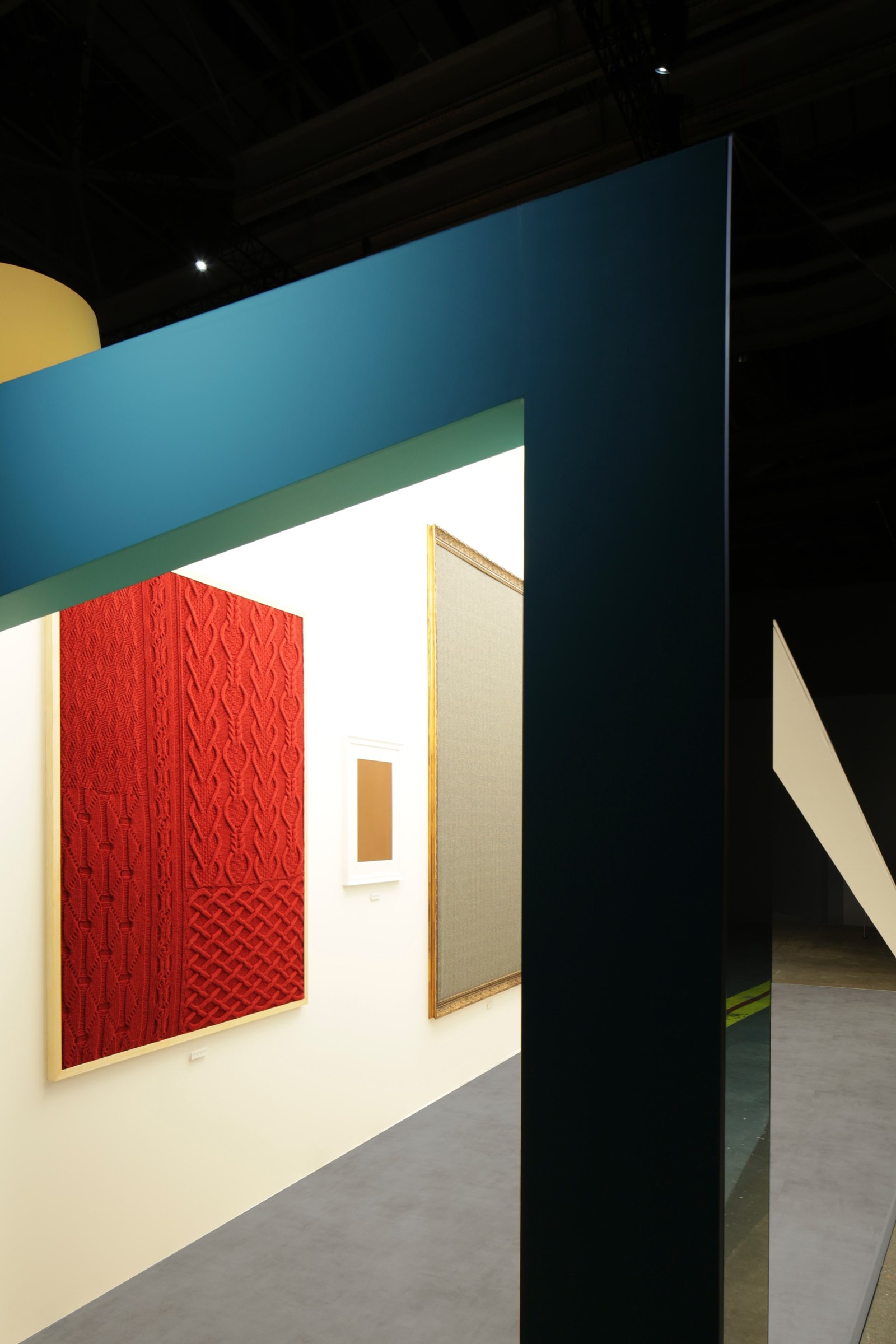
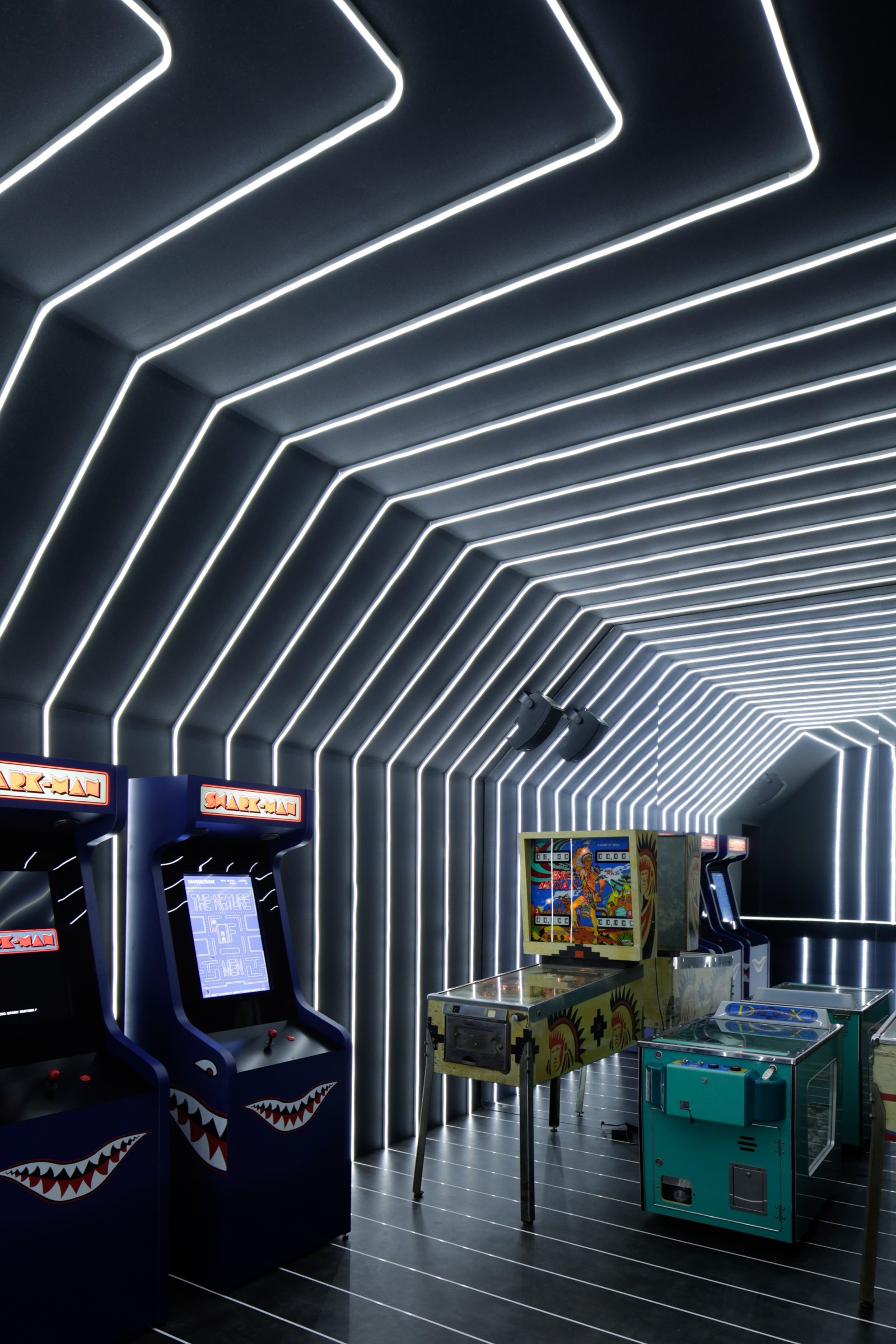
The reason for Nichanian’s latest visit to her beloved second home is The Nature of Men, a wildly ambitious event staged last week in an arena-sized hangar at Haneda International Airport. Hermès are well-rehearsed in hosting large immersive, experiential happenings in different cities – from New York and Dubai to, most recently, Beijing, their calendar is filled with global extravaganzas – but even in their expert hands, Nichanian admits The Nature of Men proved to be a real challenge and had been in-the-making since January. But, come the hour, those months of painstaking preparation finally paid off.
Guests took their seats in front of a long runway, behind them the entire side of this mammoth structure was open to the moonlit sky and the sprawling airport. With emergency lights flashing and a siren wailing, two giant doors closed at a glacial pace, the dramatic view slowly disappearing until, right on cue, the Autumn/Winter 2016 collection – an elegant, modern wardrobe focused on layers of light colours and fluid materials, rather than rigid winter warmness – filed by on a cast of models, musicians and, as I discovered the following night, the suave French head chef at the Imperial Hotel. But the fashion show was just the beginning and a curtain fell to reveal a mini-city of buildings, each a separate world exploring a specific aspect of the men’s universe at Hermès.
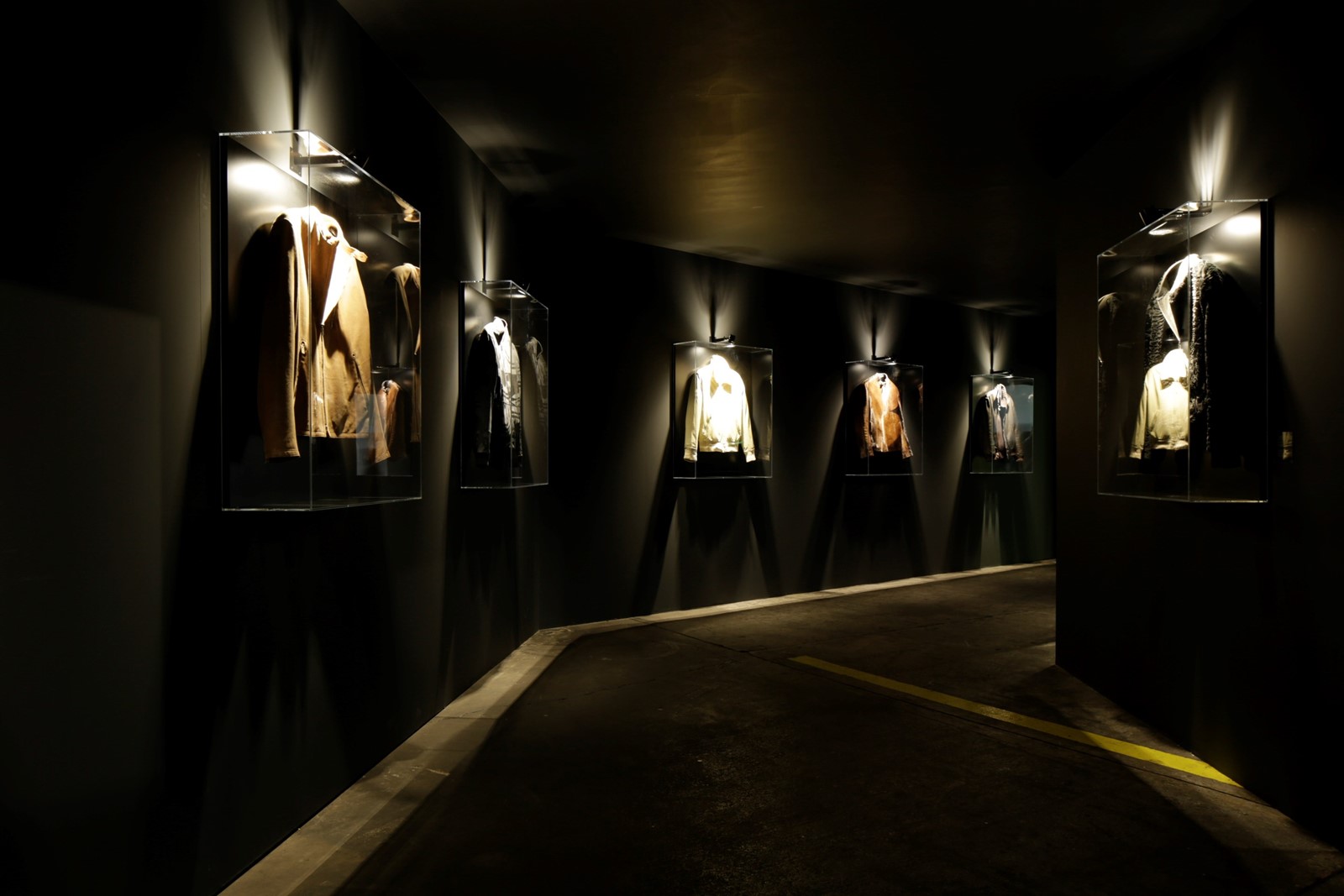
“I took one of Nigel Peake’s illustrations of a future utopia, a fantastical city, and built the event around that,” Nichanian explained earlier in the day, enthusing about the work of Irish graphic designer Peake, a longtime friend and collaborator of the house. “So, each installation reflects a different theme that I’m interested in, from details and sensuality to prints. You know, this kind of event is a very important opportunity to explore the values behind the clothes. We can talk directly to the client, they can have a direct experience of the brand: they can touch the material and understand how I work.”
Case in point: a gallery of framed fabrics, from cashmere with stitched patchwork and silk twill covered in a Virages print to a technical rubberised lambskin, had guests in a very tactile mood. Next door, in a pop-up record shop, they turned into vinyl junkies, rifling through packed shelves of LPs, each a soundtrack from a previous Hermès menswear show and each decorated in a scarf design from the last 12 years (the galloping print for The Rolling Stones’ Wild Horses was a particular favourite). But, it was when another Stones anthem, Time Is On My Side, played loudly over the speakers, that the driving concept behind The Nature of Men came into sharp focus.
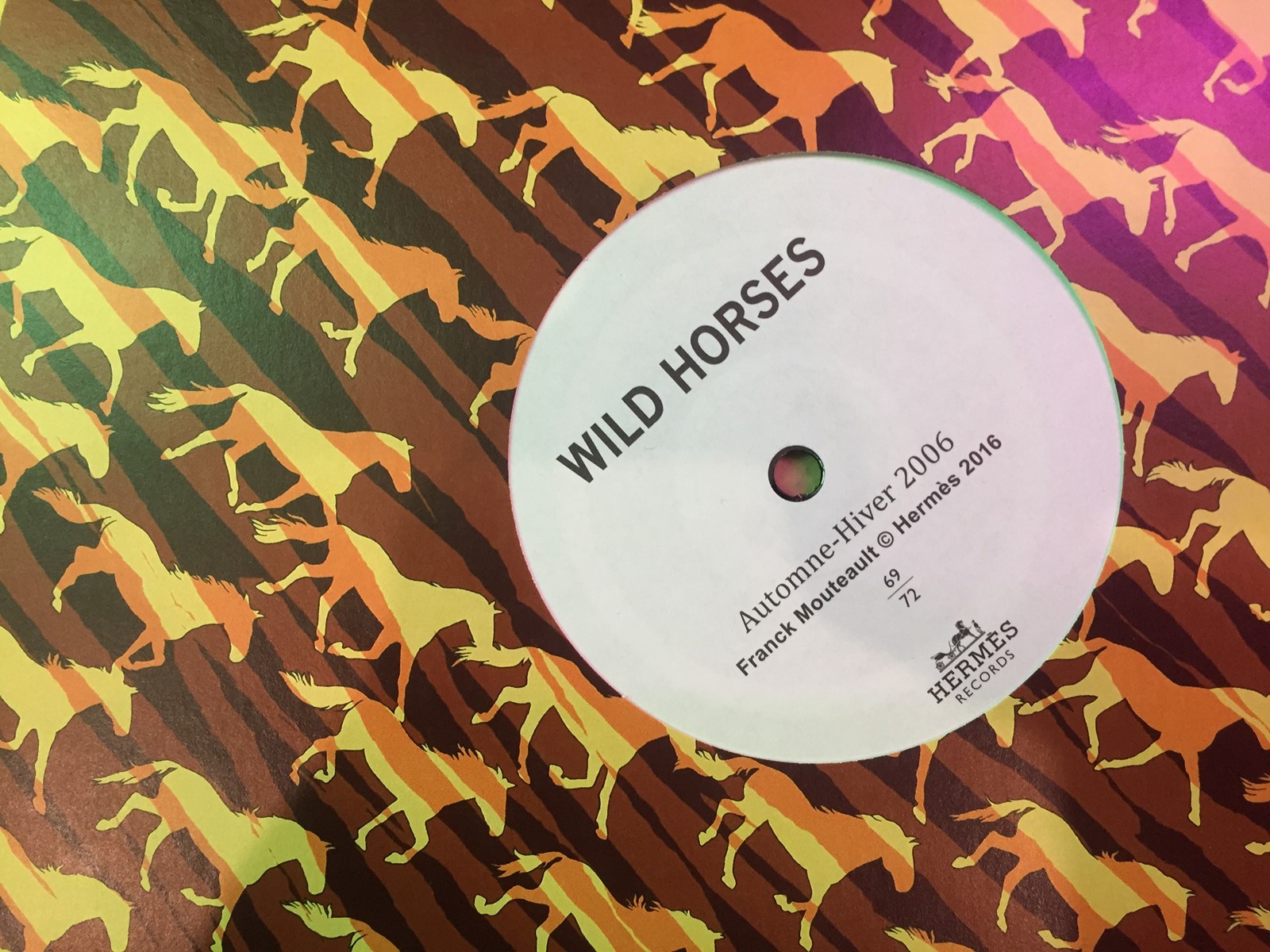
A ‘Bespoke Wall’ featuring a deconstructed suit in 144 pieces and a shirt in 42 pieces poetically illustrated the time sewn into every Hermès creation (to be exact: 70-90 hours of work to make a bespoke suit, and 10-15 hours for a cotton shirt). Elsewhere, in a room called ‘Expression of Time’, nine leather jackets owned by loyal customers, some for as long as 20 years, were displayed like museum pieces, telling a unique story about the man who wears them. “One put his jacket in the washing machine and completely changed it,” shrugs Nichanian, with a smirk. “But it shows that with time Hermès items can become even better; we believe the patina of time is very important. Nowadays everything seems so fast and everything moves so quickly, but here we want to say that things can last and this resistance to time is key to what we do at Hermès. Someone once told me that my work slows down time, and I think that’s the best compliment I’ve ever received!”
So, in today’s world, is time perhaps the ultimate luxury? “Yes, absolutely,” agrees Nichanian. “I think two types of time exist now: there is a speedy, rapid time for information and communication, everyone travelling and running everywhere; and then there is a slower paced time that gives you something more personal, a better quality of life, like a beautiful meal prepared in great detail over many hours.” This temporal duality seems at the heart of life in Tokyo, a city where Blade Runner futurism sits effortlessly alongside ancient rituals and ceremonies, where Instagram-addicted kids rub shoulders with Geishas on the bustling streets. “Exactly, and that’s what makes this city so modern. There is a harmony between both paces of life. Very often when you want something new you have to get rid of the old version, you replace it and forget about the old way, like it’s something bad. But here both are in sync and happening at the same time. I think that’s an important message for Hermès and for all of us.”
